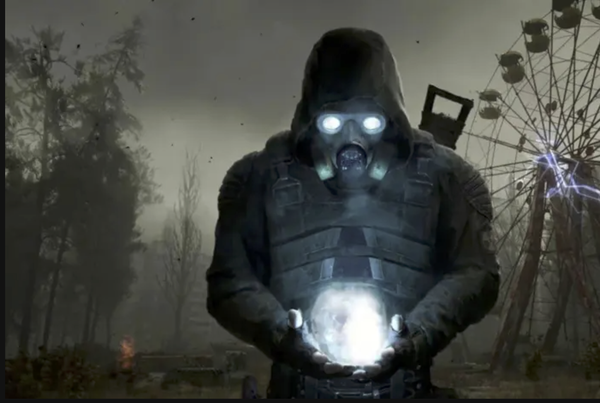How Russians justify their missile strikes on a children's hospital in Ukraine

Yesterday, so-called russia launched a massive attack on Ukraine, firing nearly 40 missiles. Kyiv, Kryvyi Rih, Dnipro, and Pokrovsk were targeted. According to the latest police figures, the attacks resulted in at least 37 deaths and 170 injuries. In Kyiv and the surrounding region, there are 27 dead and 82 injured. In the Dnipropetrovsk Region, 11 people died and 64 were injured. Many remain trapped under the rubble of destroyed buildings, with casualty figures constantly being updated.
In Kyiv, a rocket struck the Okhmatdyt Children’s Hospital, which treats more than 20,000 children annually. The attack nearly destroyed the toxicology building, where dialysis is performed, and damaged the surgical department building. Sixteen people were injured, including seven children, and two people died as a result of the attack.
Another missile strike destroyed the entrance of a residential building in Kyiv. A gynecological clinic specializing in reproductive medicine was also hit, resulting in the deaths of four people and injuries to at least three others. Rescue workers and concerned citizens spent the entire day clearing the debris in the capital.

Immediately after the attacks on the children’s hospital, and as photos from the tragedy circulated in the media and on social networks, russian propagandists began to justify the shelling. They inundated the information space with various contradictory explanations: military facilities were targeted, the Artem plant was hit, the hospital was damaged by debris from Ukrainian air defense efforts, it was a Patriot missile, it was a NASAMS missile, and unsubstantiated claims that not children but military personnel were treated at Okhmatdyt. None of these versions are true; russia purposefully launched a missile attack on Okhmatdyt.
This tactic is a well-known method used by pro-Kremlin propagandists: flood the narrative with multiple versions of events to confuse people, cause doubt about what really happened, and distract from russia’s actions.
We saw similar tactics after the attack on the Amstor shopping center in Kremenchuk, the attack on the center of Vinnytsia, the attacks on Nova Poshta and Epicenter in Kharkiv, and the attack on the pizzeria in Kramatorsk. This list goes on and on, as the list of war crimes committed by so-called russia is extensive.
The frequency of fake versions of events has unfolded as follows:
Initially, the russian Ministry of War boasted about carrying out a “group attack on Ukraine’s military industry facilities and air bases of the Armed Forces of Ukraine,” claiming the attack’s objectives were achieved.
Subsequently, they argued that the damage to civilian objects was caused by Ukrainian anti-aircraft defense, insisting that statements about a deliberate missile attack by russia on civilian targets were “absolutely untrue.”
Another version called it a “provocation” intended to secure further funding and prolong the war. Through these narratives, russia aims to sow doubt about its own culpability and shift the blame onto the Ukrainian military and authorities.
However, the version involving wreckage and the Ukrainian air defense system was debunked. OSINT experts (who gather and analyze information from open sources) provided a freeze frame clearly showing a missile with wings, indicating it was not an anti-aircraft missile or a downed Patriot air defense missile, which lacks wings and has a sharp “head.”
Furthermore, the SBU found additional evidence at the tragedy site identifying it as the Kh-101 missile: fragments of its rear part with a serial number and a part of the rudder from the same missile.
Another narrative suggested the rocket hit a hospital where only military personnel were allegedly treated, pointing to men in military uniforms seen during the rubble removal as evidence. This was another attempt to justify the attack, although the hospital is not a military facility.
Following the attack on the medical institutions, some Ukrainian Instagram bloggers with hundreds of thousands of followers echoed these russian narratives, posting calls for “necessary peace.” Simultaneously, English-language pages claiming to specialize in “military strategy” and ostensibly supporting Ukraine also published posts about “invincible russian equipment.”
This appeared to be a coordinated effort aimed at fostering pro-russian sentiments in Ukrainian society and pushing for peace negotiations on russia’s terms (read: capitulation).
We also monitored pages of “navalny followers” and other “good” russians. They responded to the rocket attack on the children’s hospital in Ukraine mostly in the evening when silence was simply unacceptable. Their main narrative remained unchanged: blaming Putin and his “soldiers” for the shelling.
However, the ominous comments in russian Telegram channels revealed that many russians collectively support Putin, expressing joy and regret that the rocket did not strike again during the evacuation of seriously ill children and their parents ![]()






